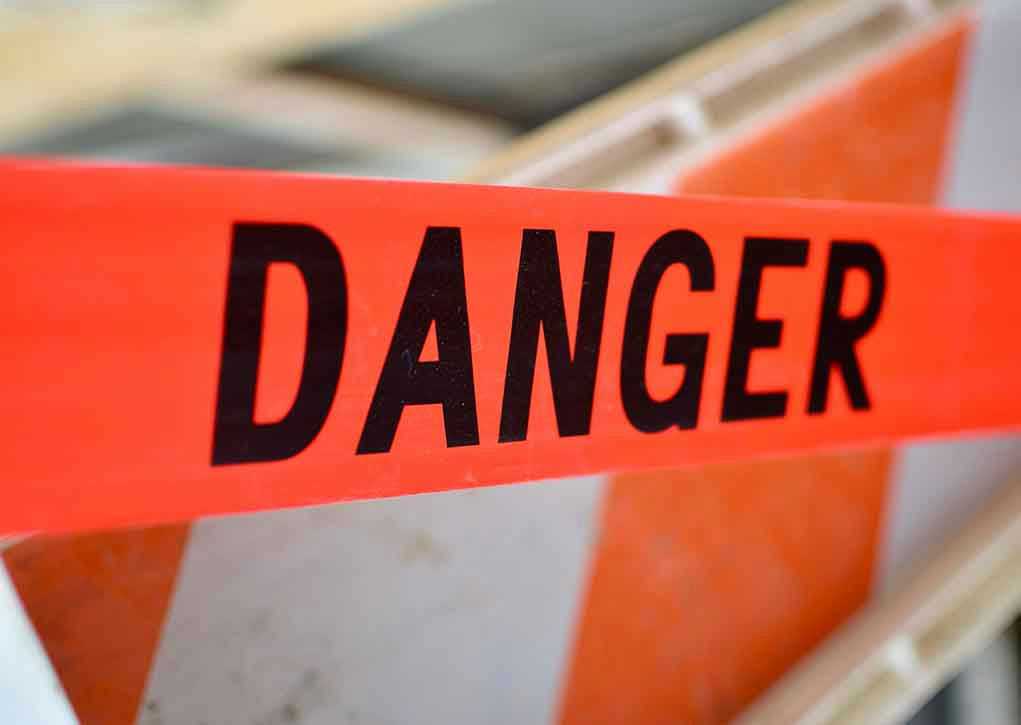
When a seemingly ordinary neck chain became an unstoppable force, it turned a routine MRI scan into a scene from a horror movie.
At a Glance
- A man in New York was critically injured when his metal chain was pulled into an MRI machine.
- The incident highlights the dangers of ferromagnetic objects in MRI environments.
- Strict safety protocols are essential but were somehow bypassed in this case.
- The event could lead to tighter regulations and increased public awareness of MRI safety.
The Incident: A Magnetic Mayhem
On a seemingly typical day at Nassau Open MRI in Westbury, New York, a 61-year-old man unwittingly became the center of a real-life horror story. He wasn’t the patient but someone accompanying another during a scan. The magnetic field of the MRI machine, always on high alert for metallic intruders, yanked his metal neck chain with alarming force, pulling him into the machine. This “medical episode,” as euphemisms go, left him in critical condition and rushed to the hospital with little time to spare.
The question that leaves everyone scratching their heads is: How did this happen? The MRI suite, a fortress of safety protocols designed to keep metallic menaces at bay, somehow let its guard down. The magnetic field, ever vigilant and immensely powerful, doesn’t discriminate between a rogue oxygen tank or an innocent necklace. Anything ferromagnetic is fair game and can become a dangerous projectile.
Unraveling the Mystery: Who’s Responsible?
The Nassau Open MRI center now finds itself under the scrutiny of investigators, regulators, and, undoubtedly, a concerned public. The facility, tasked with ensuring the safety of patients and visitors alike, faces questions about its protocols and their enforcement. The Nassau County Police are on the case, confirming this was an unfortunate accident with no criminal intent. Yet, the investigation is far from over, with a focus on understanding how the man accessed the active MRI suite and why his metallic chain wasn’t detected or removed.
The man, caught in this magnetic maelstrom, represents a stark reminder of the potential dangers lurking in MRI environments. His family, likely grappling with the shock and aftermath, may seek answers or accountability if negligence is proven. Meanwhile, the victim remains in critical condition, his fate still uncertain as the days unfold.
The Ripples: Short-term and Long-term Implications
This incident sends shockwaves through the world of medical imaging. In the short term, the Nassau Open MRI facility may face operational disruptions and intense scrutiny over its safety protocols. Staff and patients alike could experience trauma or distress, a reminder that safety lapses can have very real human costs. Long-term, the implications may extend beyond Westbury. There could be legal actions if negligence is established, leading to a regulatory review and potentially stricter safety protocols not just at Nassau Open MRI but industry-wide.
Public awareness of MRI safety risks might increase, prompting patients to be more vigilant about the presence of metallic objects. The broader medical imaging community may also feel the ripple effects, as calls for more robust enforcement of safety measures grow louder. No one wants to be the next headline, after all.
Lessons and Future Directions
So, what can we learn from this magnetic misadventure? First, the importance of rigorous safety screening for everyone entering an MRI suite cannot be overstated. This incident, while dramatic, reveals the need for vigilance and adherence to established protocols. MRI centers across the nation might take a hard look at their practices, ensuring that no metal object, however small, slips through the cracks.
Experts suggest that visitor screening might need to match the rigor of patient protocols, especially when scans are underway. The potential for such accidents, though rare, is a reminder that the magnetic field is both a marvel and a menace. As the story unfolds, one thing is clear: safety must never take a backseat, not even for a moment.











